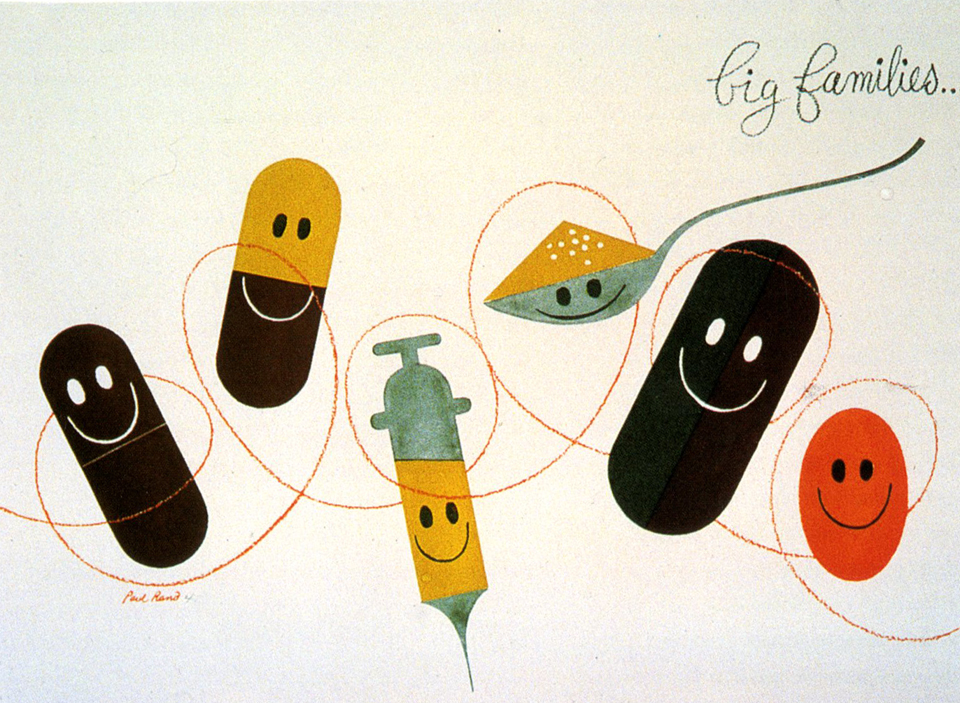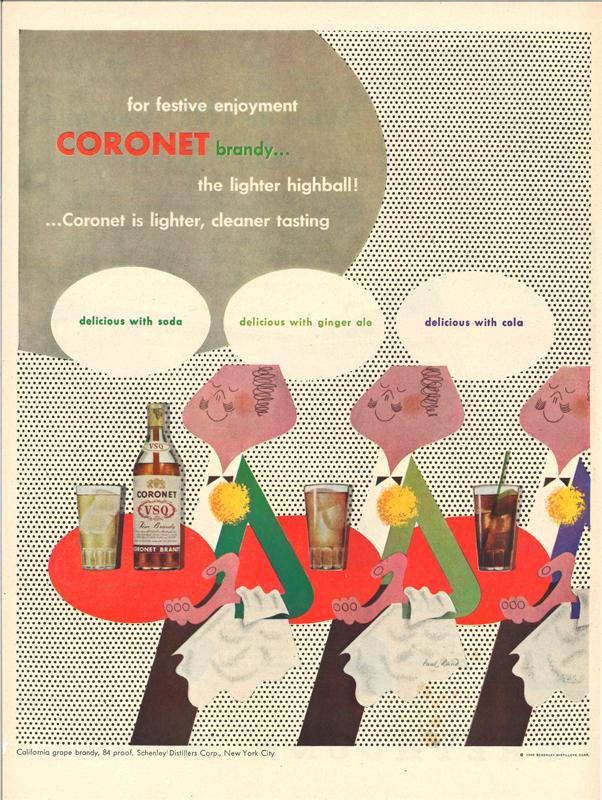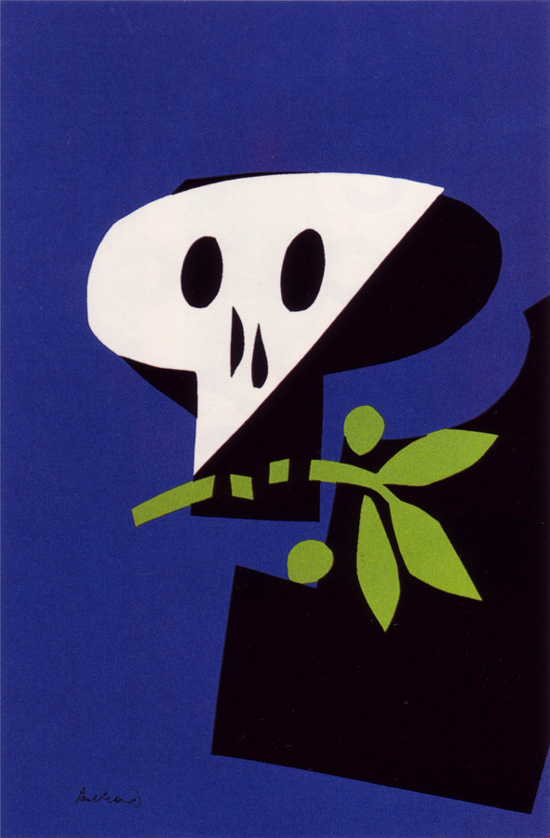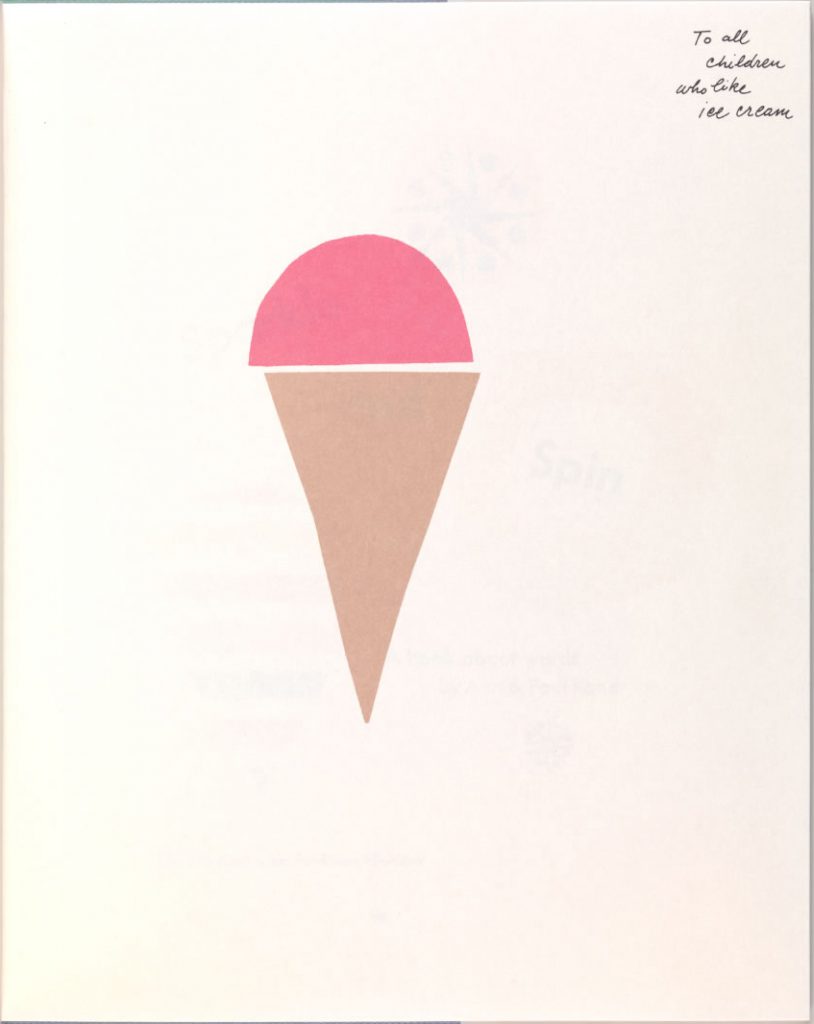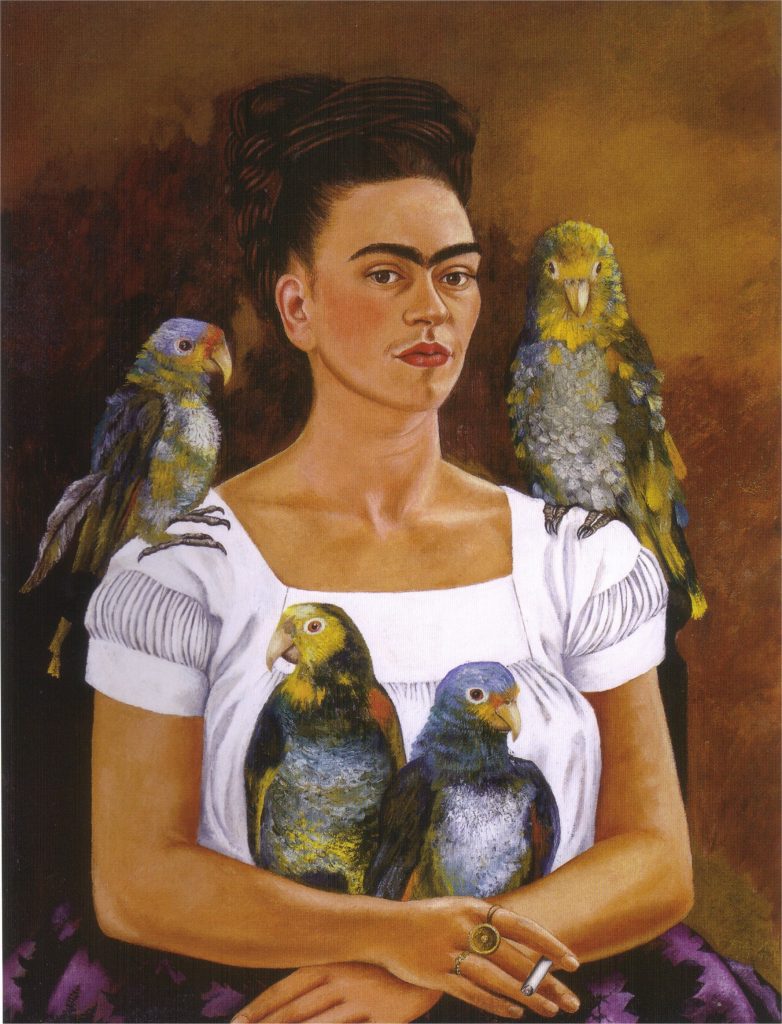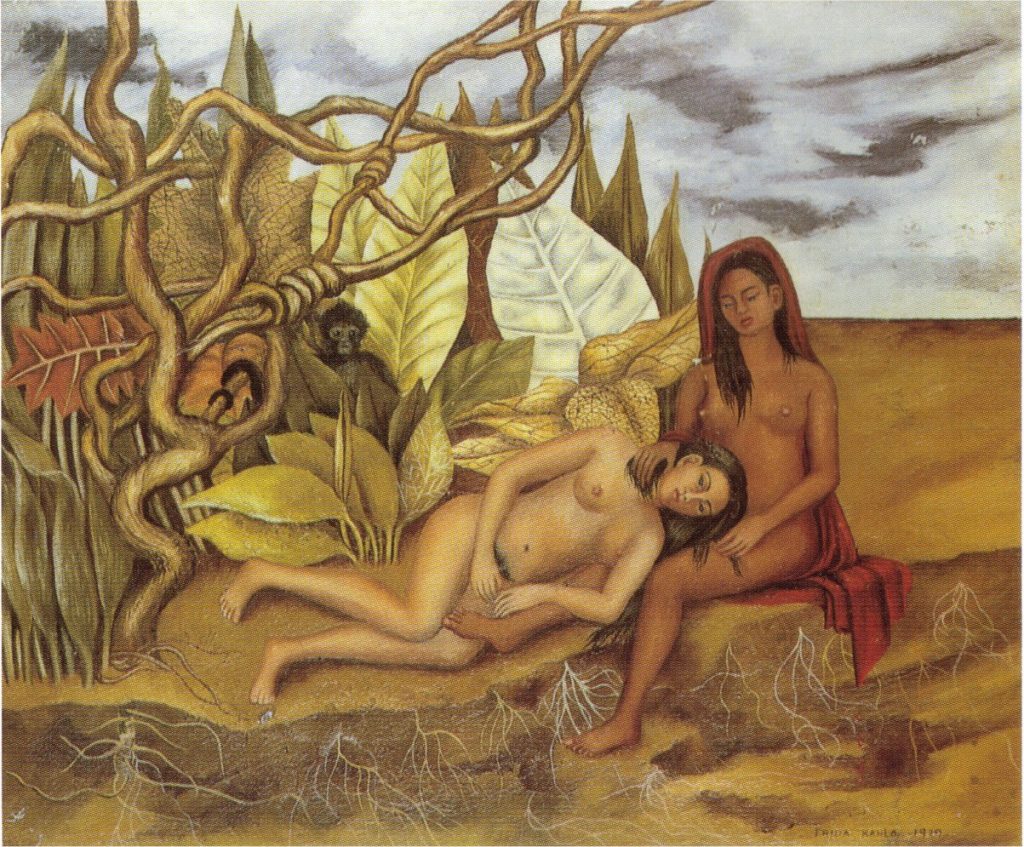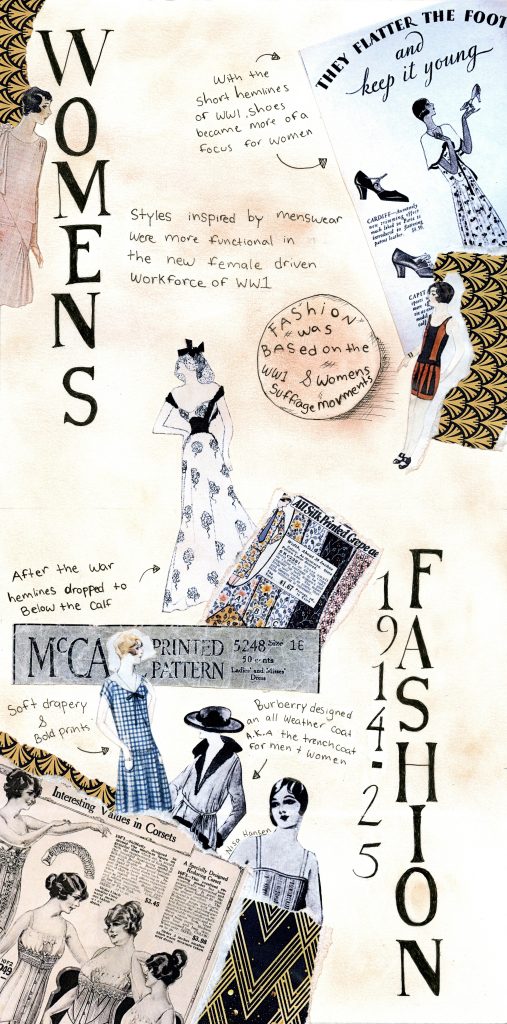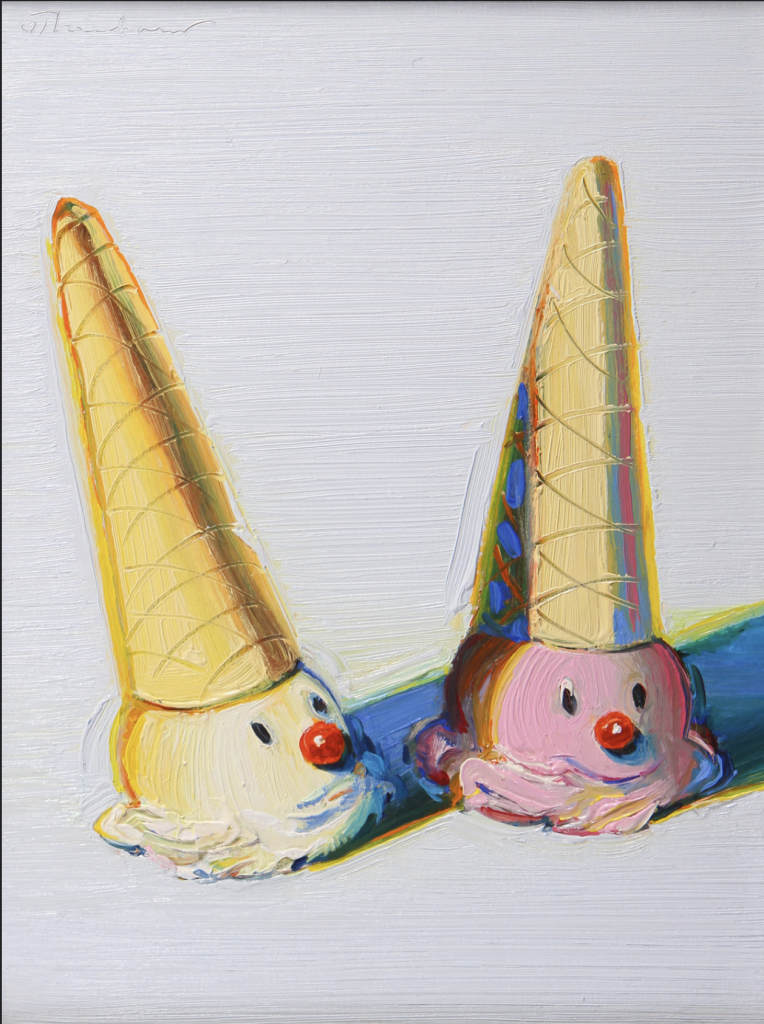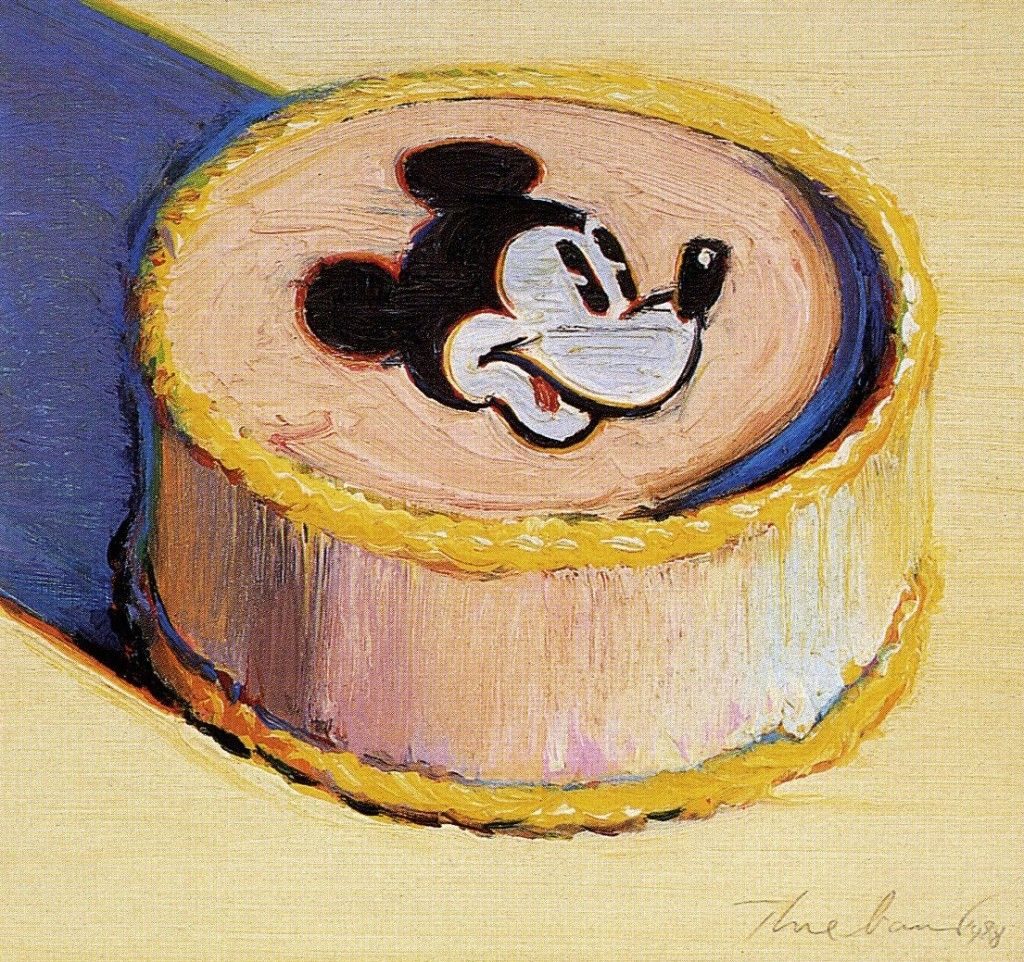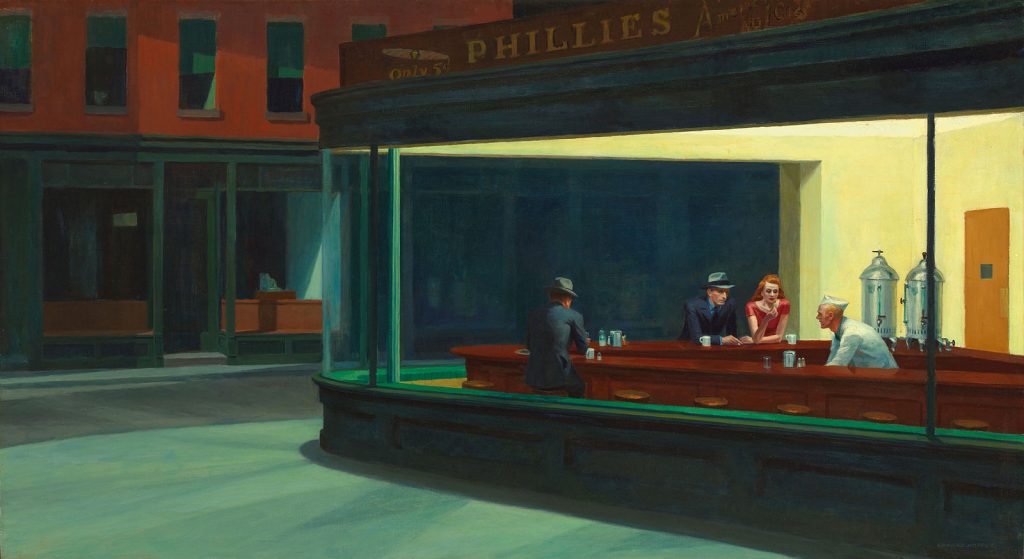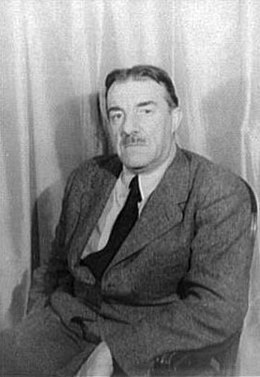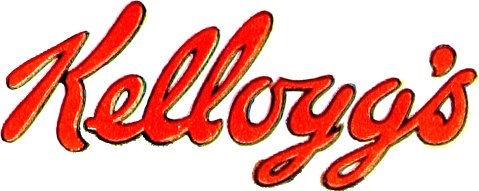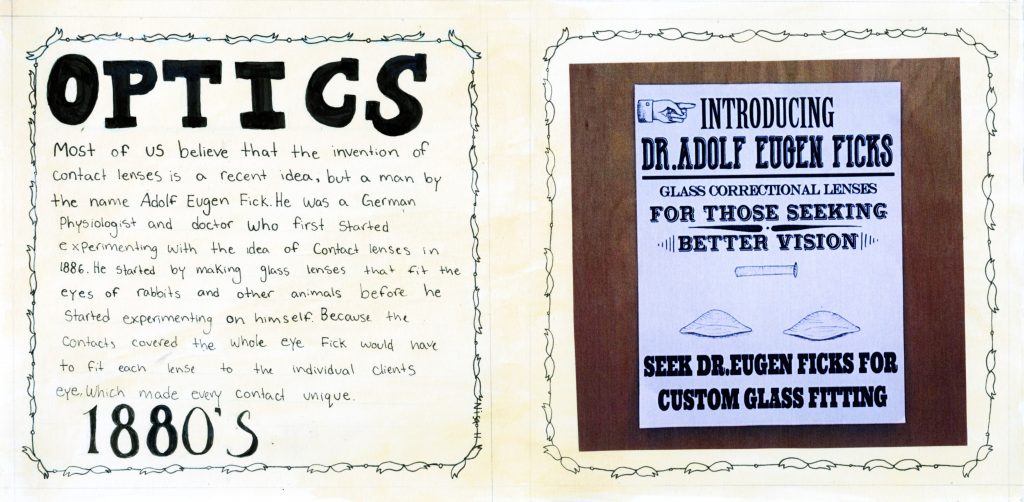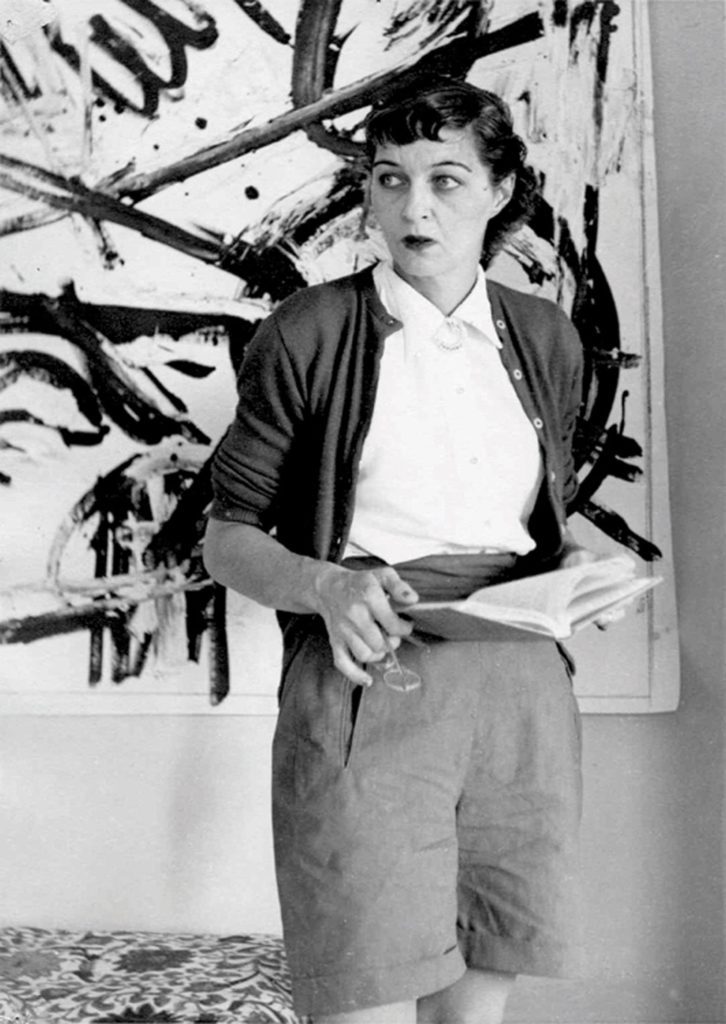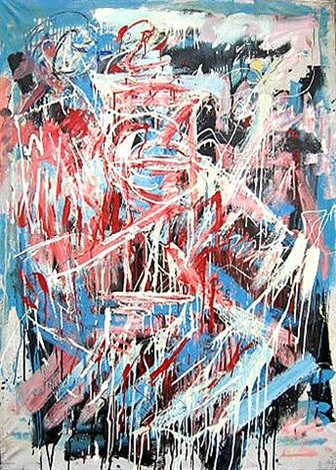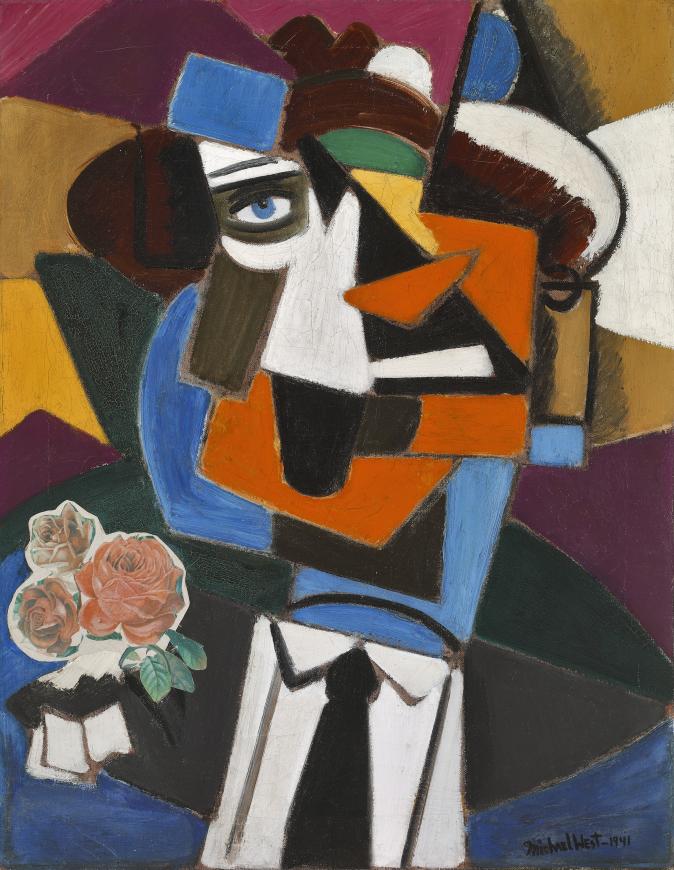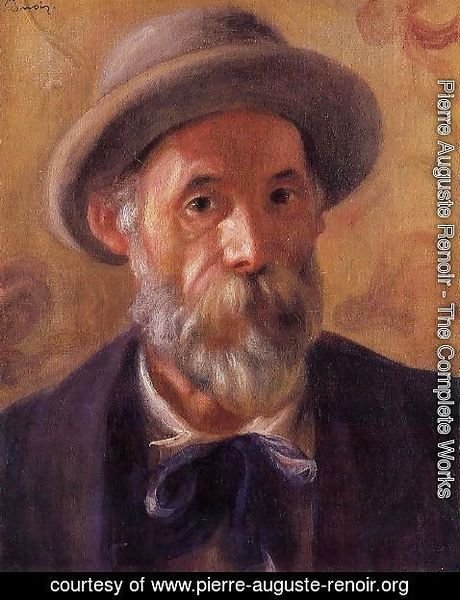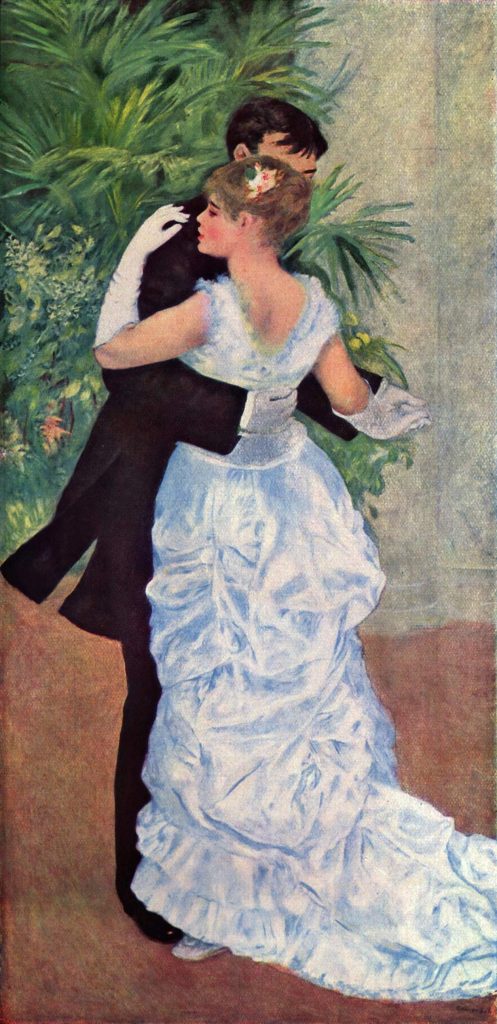
Our first storyboard we decided to focus on goal #8 which is Decent Work and Economic Growth, we decided that because of the pandemic Amanda had difficulty finding a job and decided to use an online job site like indeed to look for a job. After the interview she realizes the workplace ethics isn’t what she thought they were and doesn’t take the job.
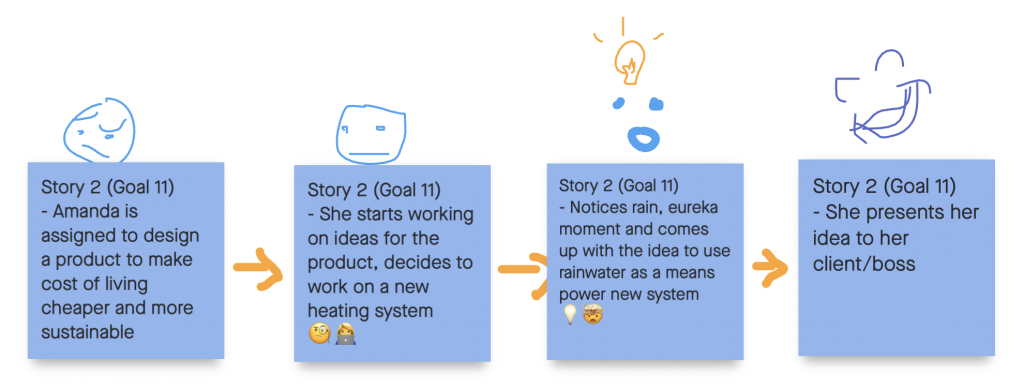
Goal # 11 is Sustainable Cities and Communities, we wanted to include a story that focuses on Amandas field of study which is industrial design and have her create a product that is eco friendly and cost effective to. make housing more affordable.

As a group we decided that our last idea was our strongest, in this story Amanda designs an app to help educate those and ASl after she realizes there arent many resources at her school.

and this is my final story board for our third idea.
